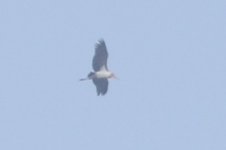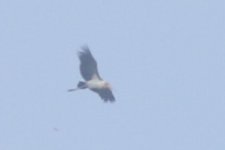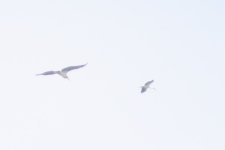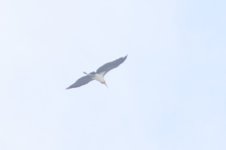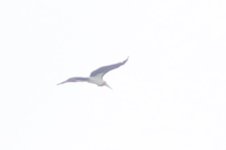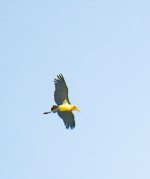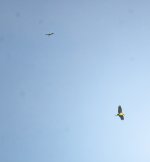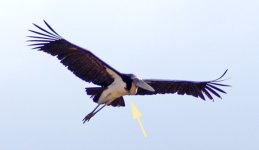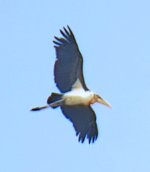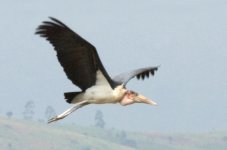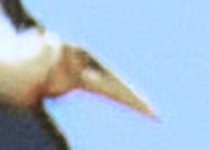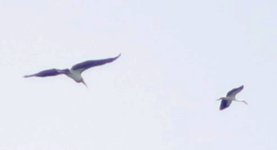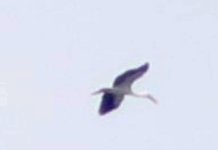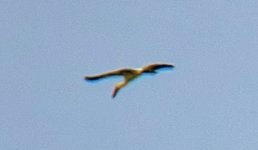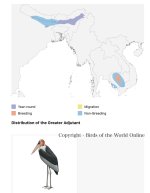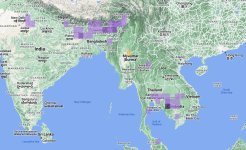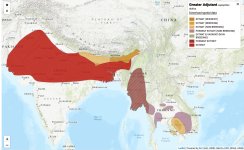Indobirder
Well-known member
Hi all.
I had this Adjutant fly over (very high) at Lam Toi Ting on the outskirts of Bangkok this morning. I'm unfamiliar with both greater and lesser. Greater would be substantially more rare, but both would be first record for Bangkok (according to eBird at least)... Suggestions have already been made that it is an escapee from a zoo, but I'd be curious to hear what people here think
My friend also got some pics (I suspect they are better than mine). I'll hopefully post those as well after he sends them to me.
I had this Adjutant fly over (very high) at Lam Toi Ting on the outskirts of Bangkok this morning. I'm unfamiliar with both greater and lesser. Greater would be substantially more rare, but both would be first record for Bangkok (according to eBird at least)... Suggestions have already been made that it is an escapee from a zoo, but I'd be curious to hear what people here think
My friend also got some pics (I suspect they are better than mine). I'll hopefully post those as well after he sends them to me.




